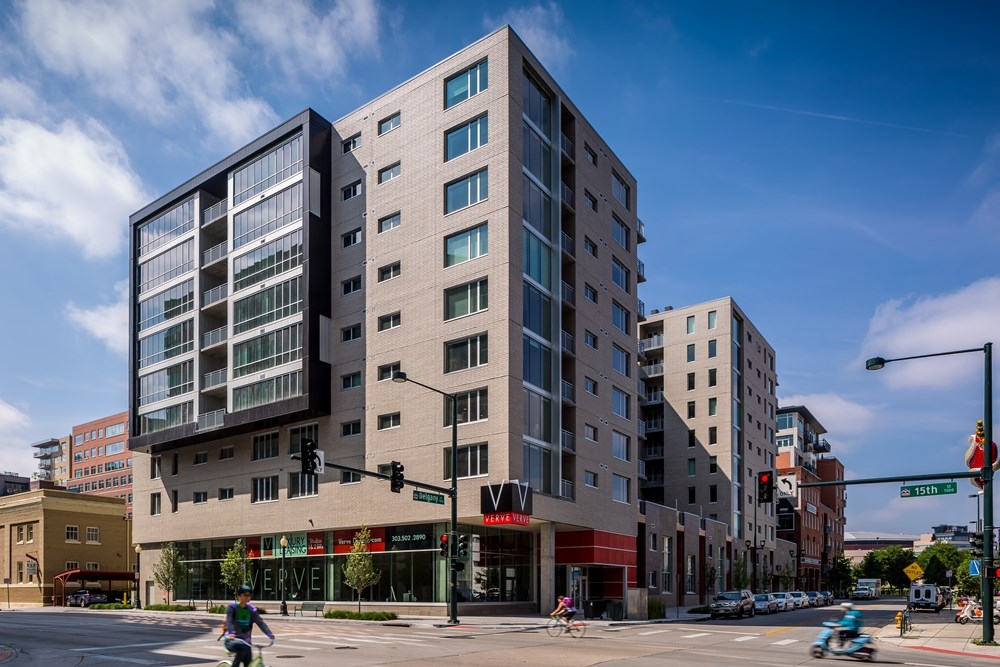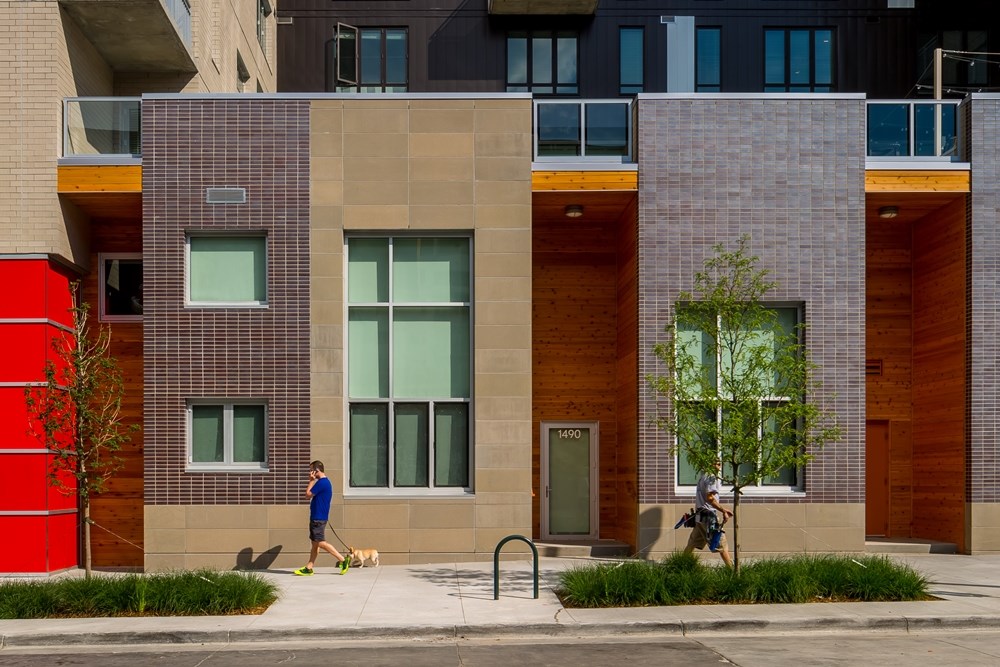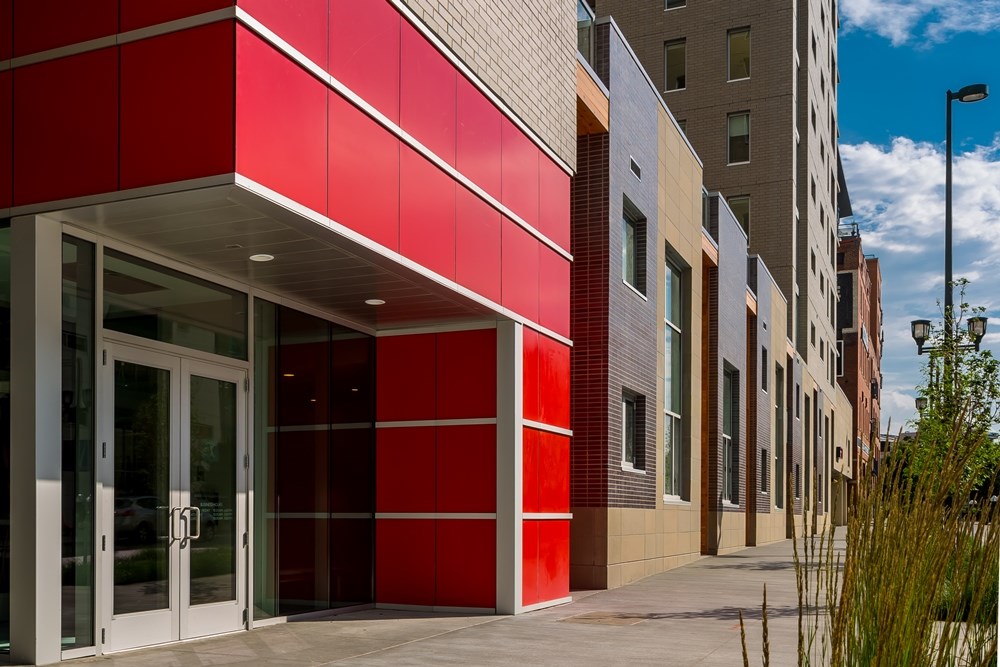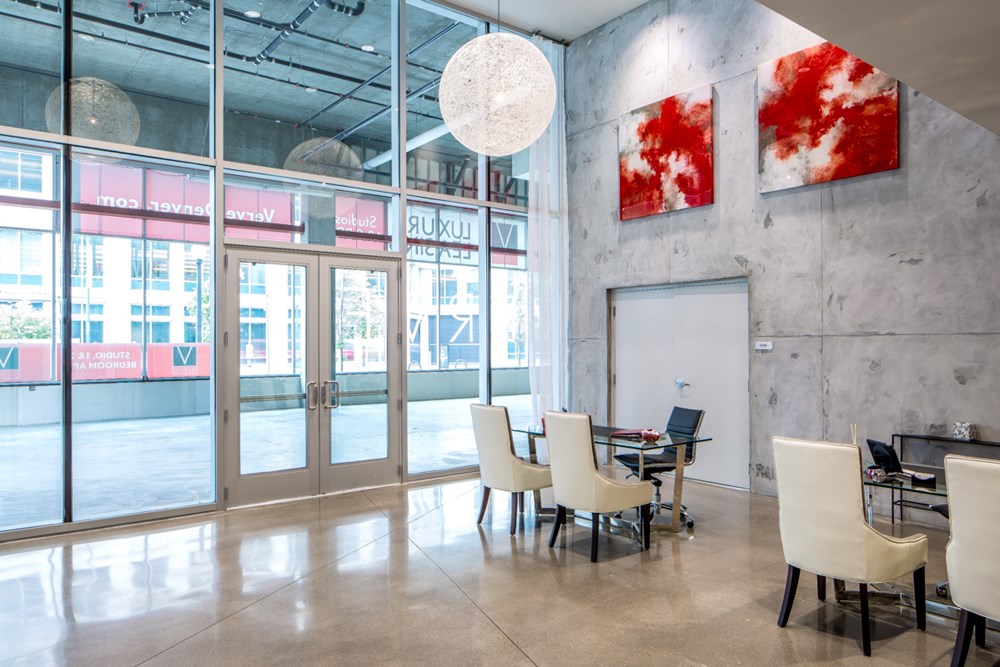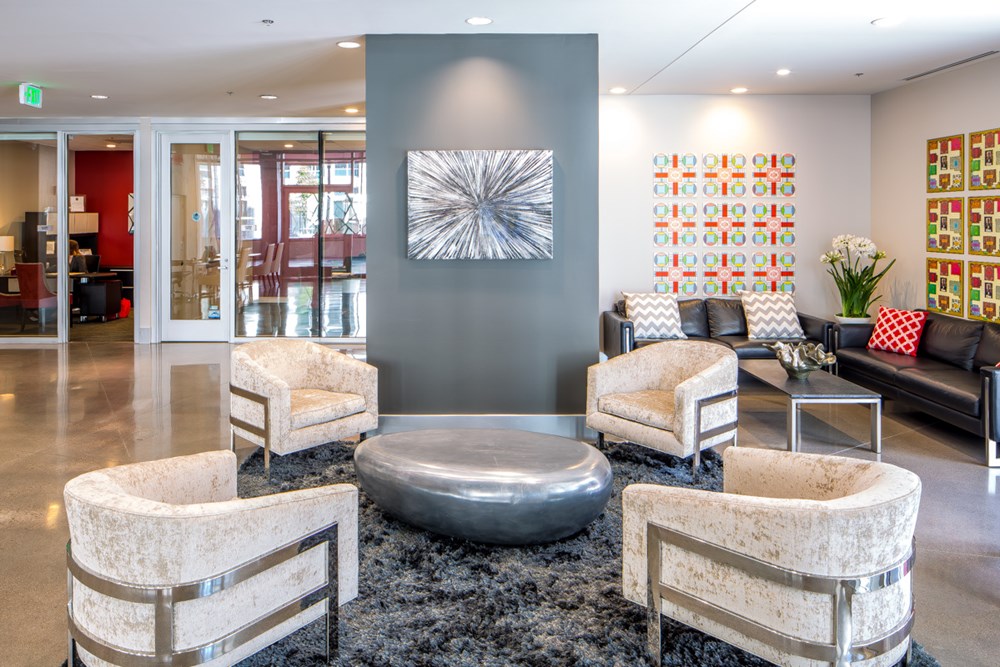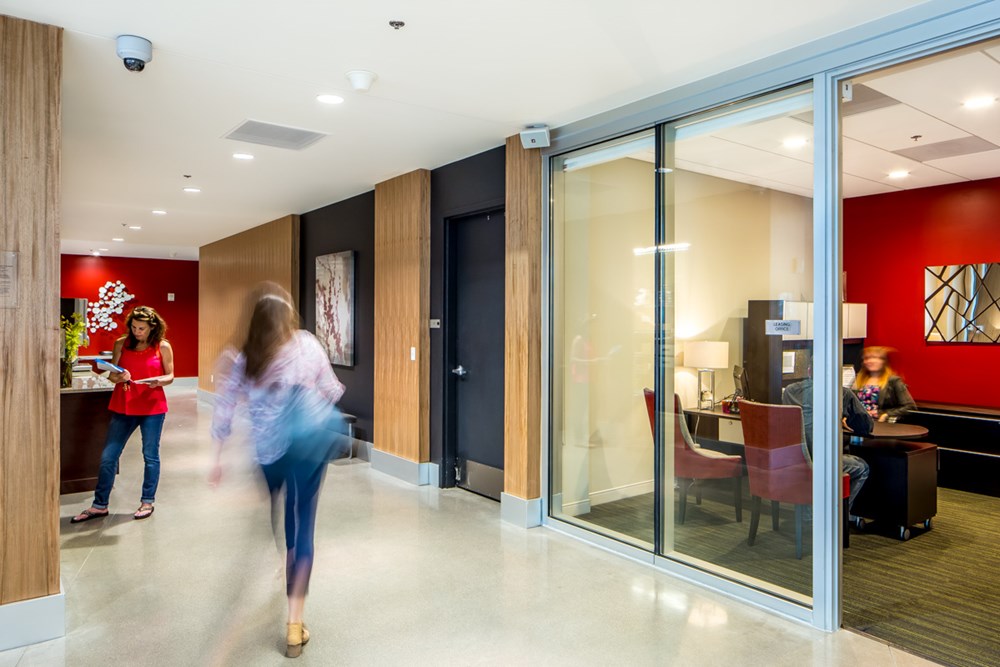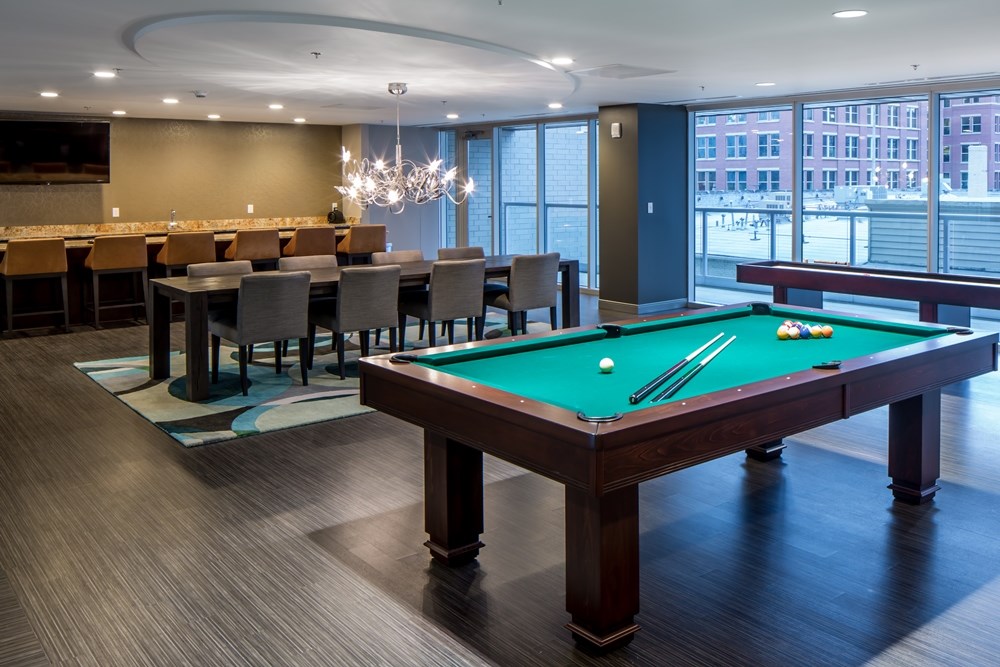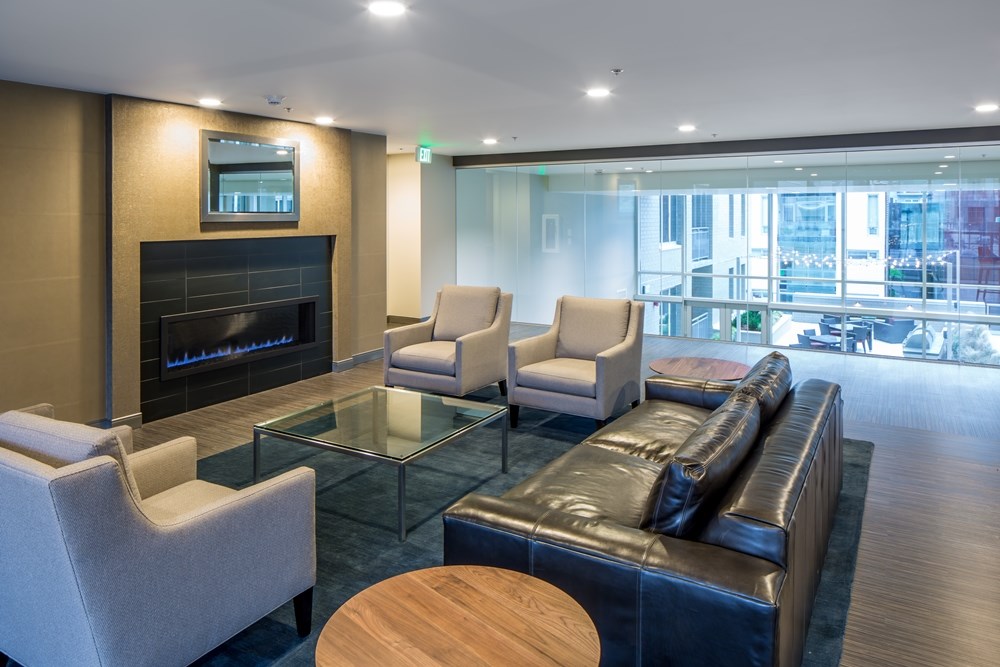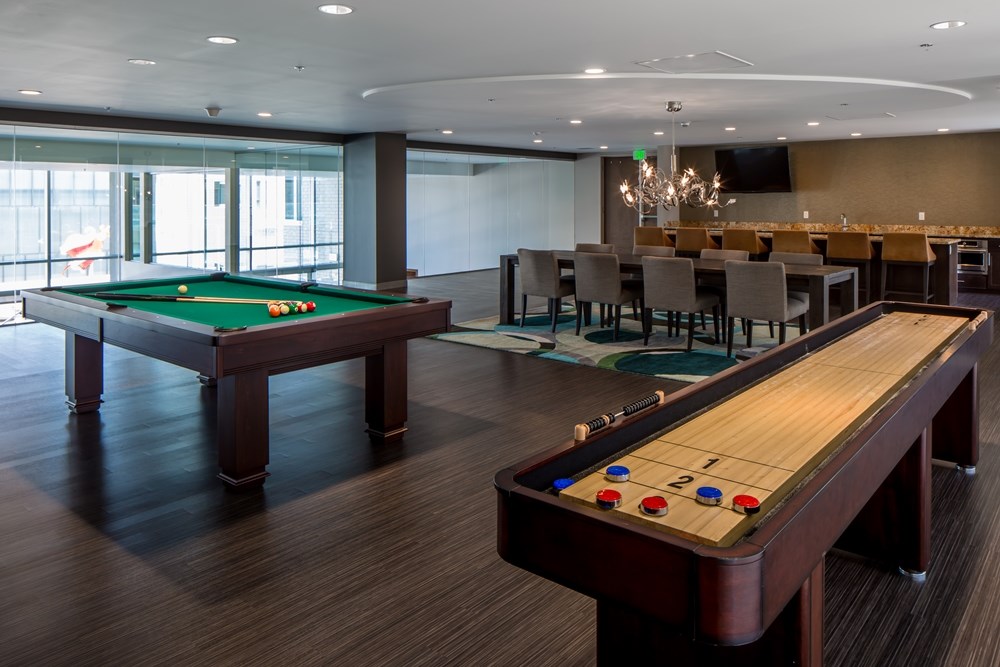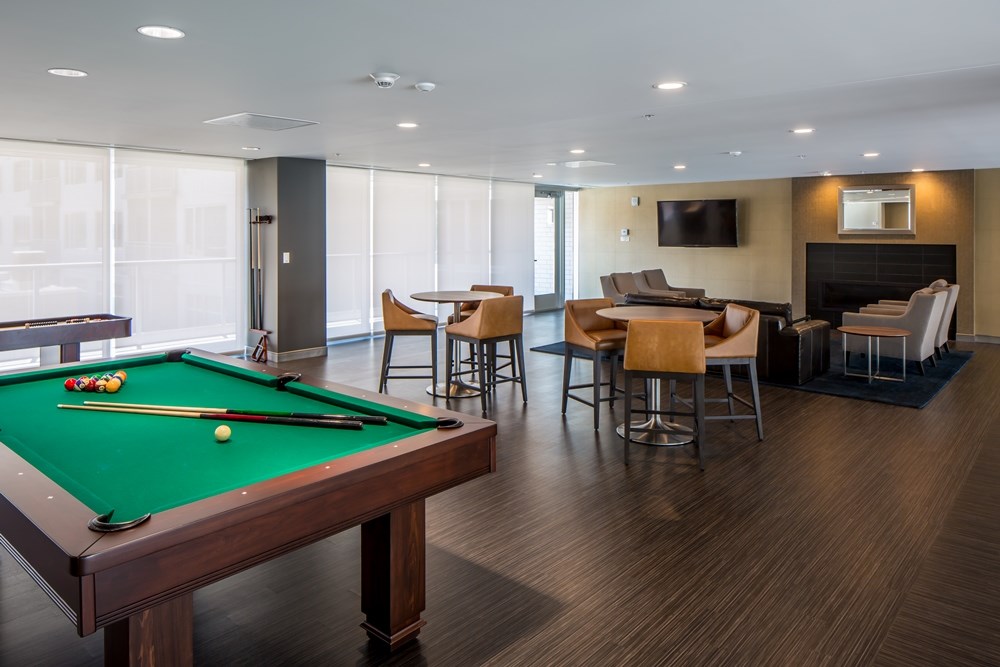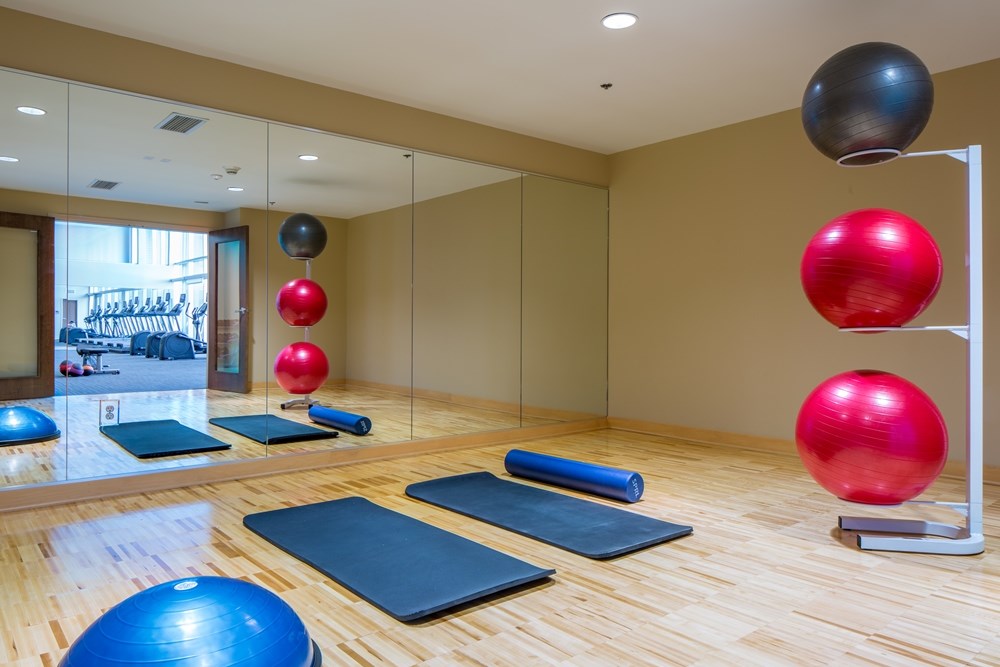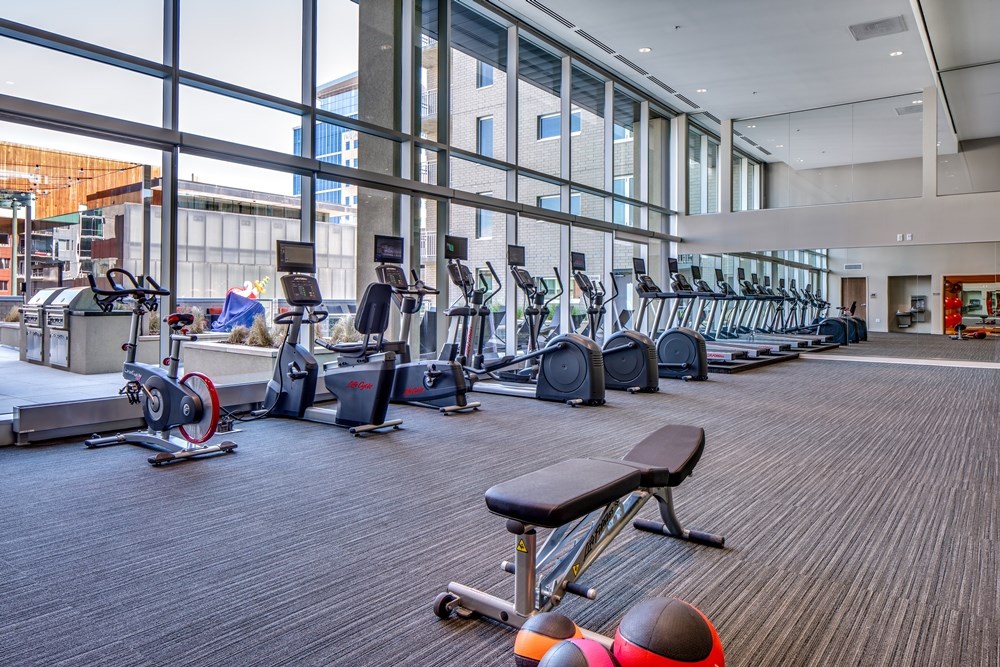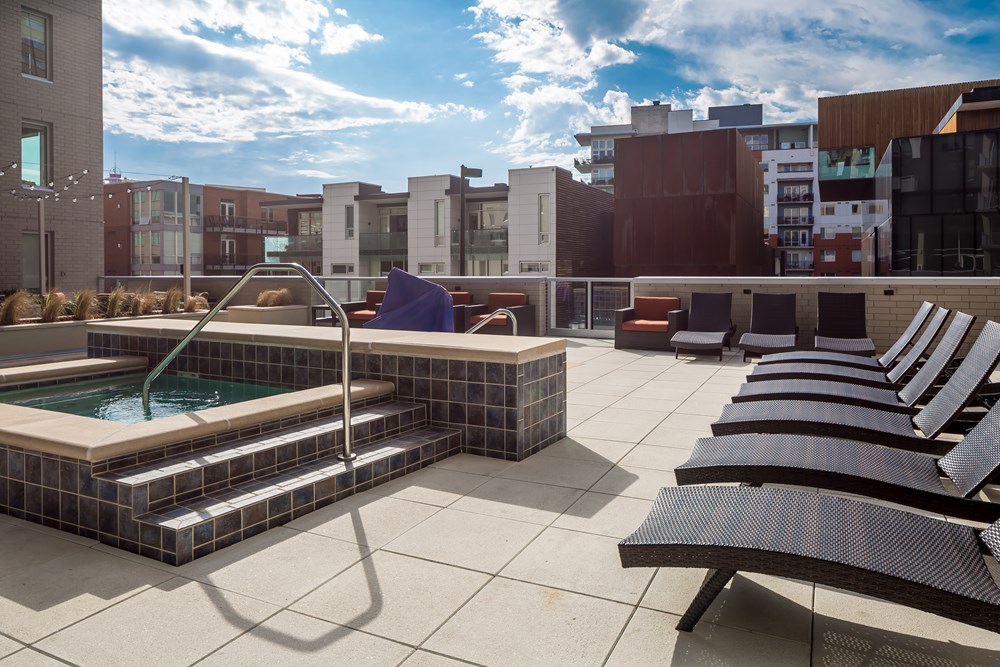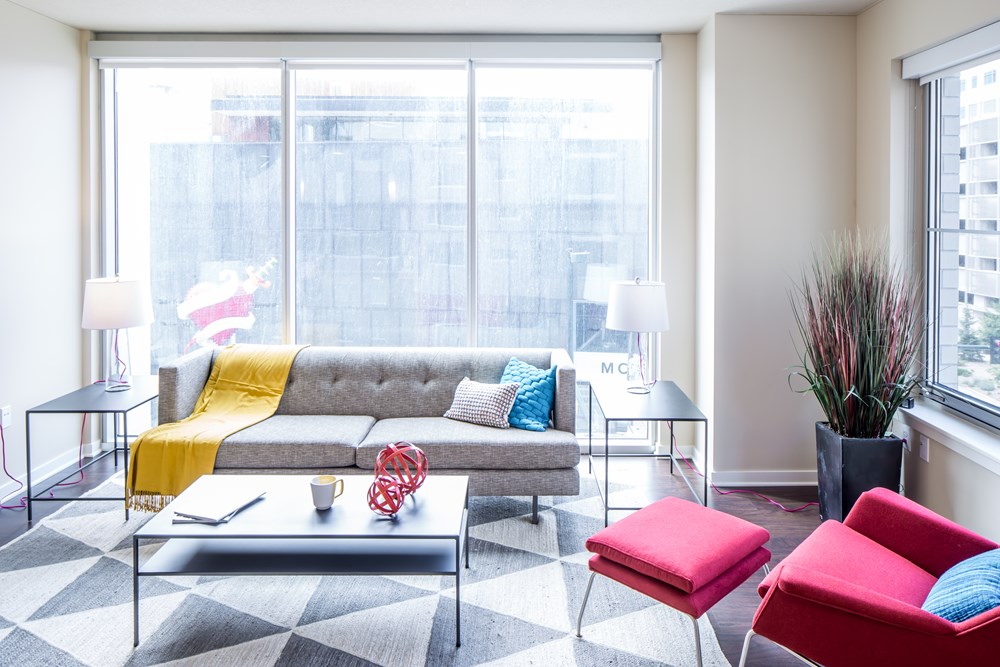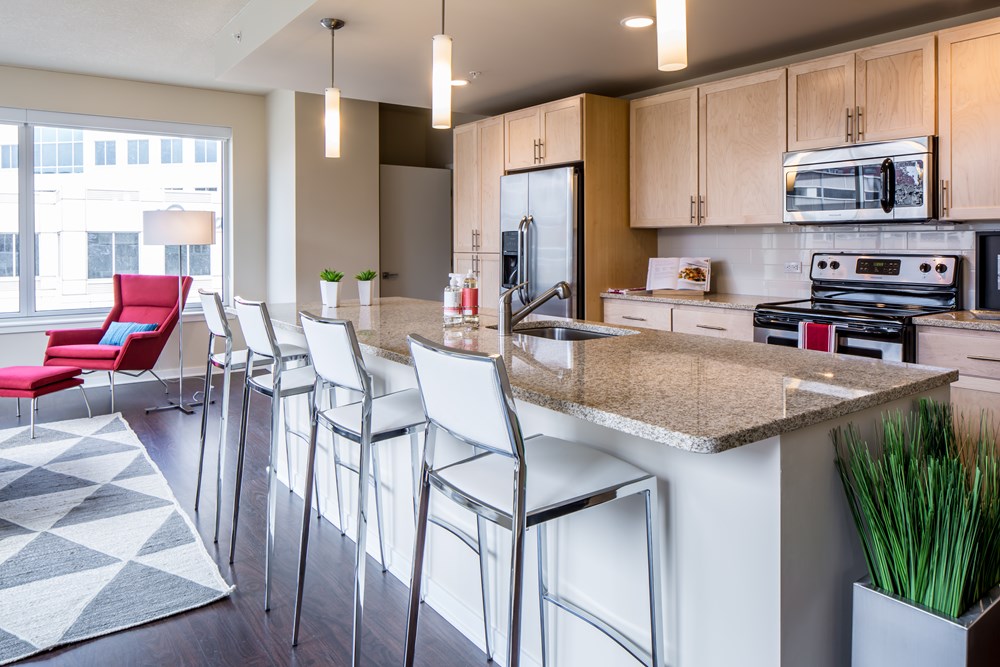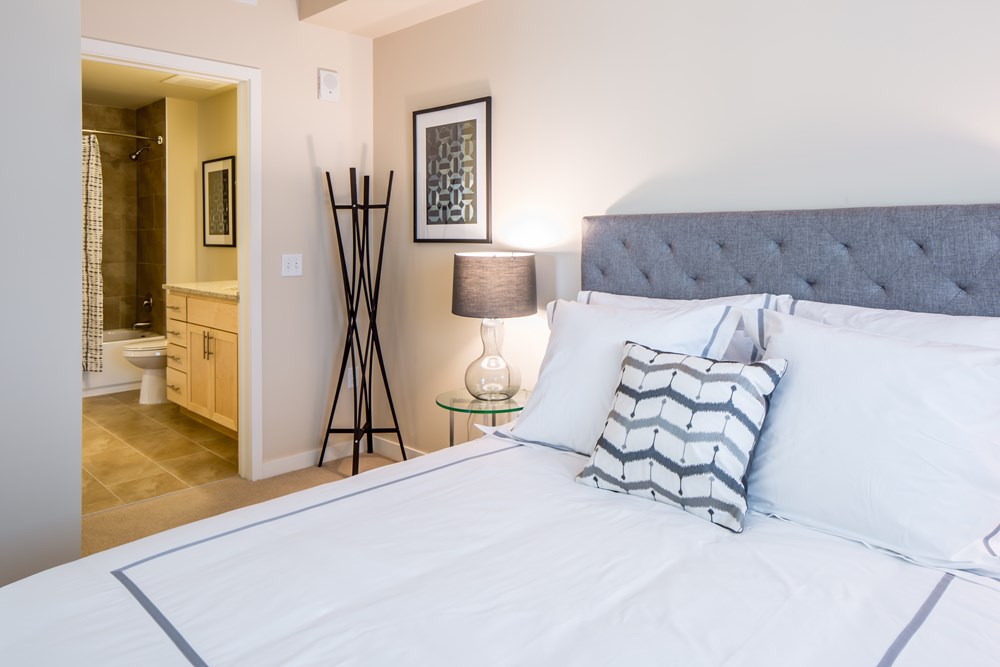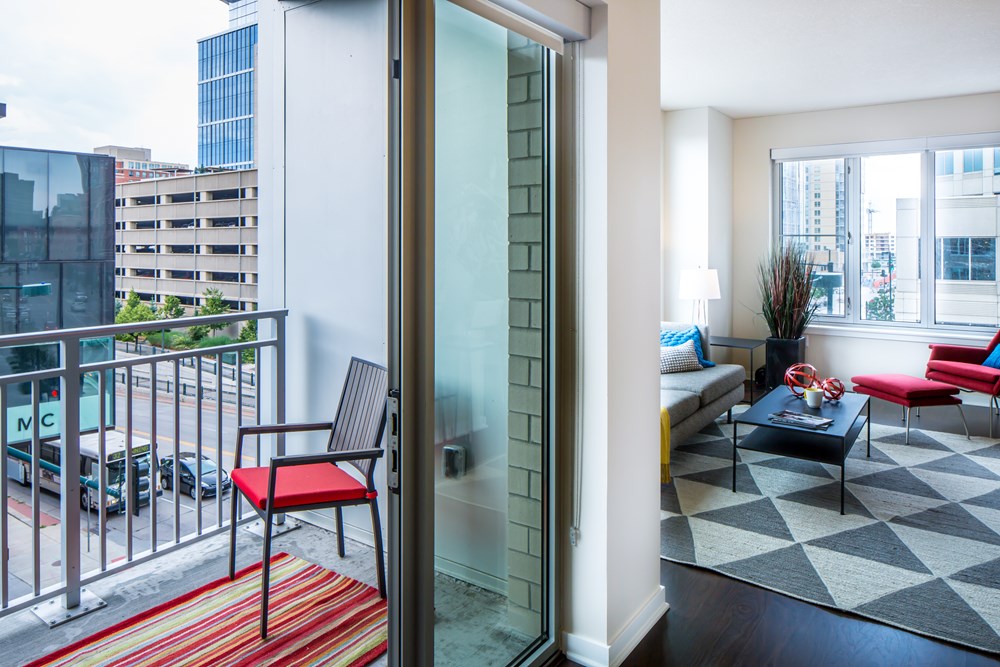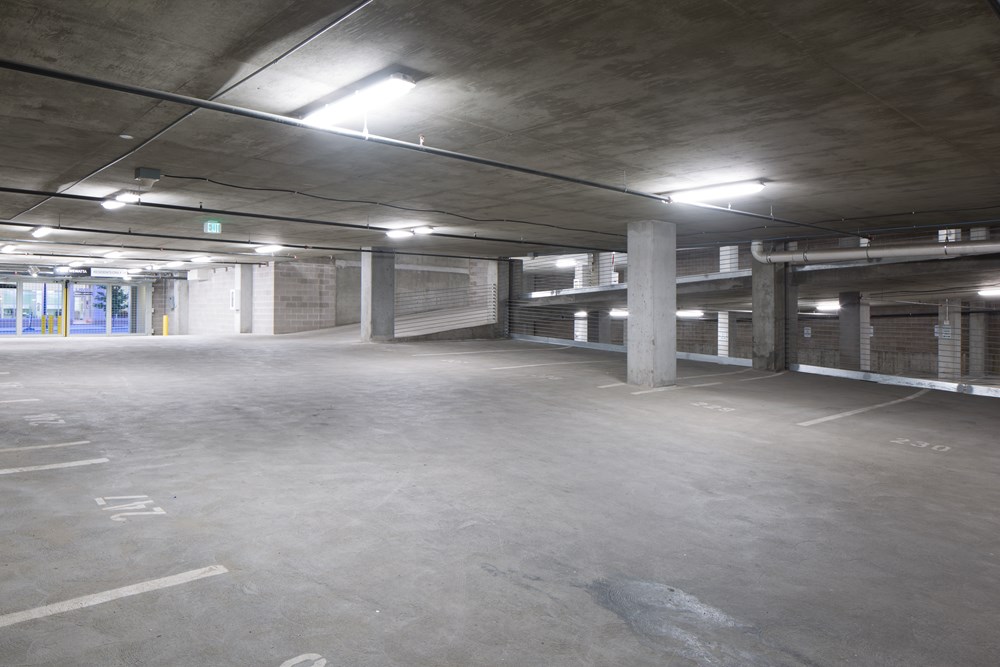Millennials are increasingly looking to urban centers to live and work, and Denver is at the top of the list. In fact, since the start of the recession in 2008, Denver moved from 12th to the top metropolitan area with the greatest number of 25 to 34 year olds moving to the city, according to a recent study published by the Brookings Institution.
What is driving millennials and professionals of all ages to the Denver area? Professionals are seeking a work-life balance with short commutes, convenient access to cultural and social centers and easy access to amenities. As employers recognize that their future workforce values these characteristics in a working environment, they are pursuing more boutique style office spaces in urban centers.
To accompany this shift in the office market, developers are responding with new living options near work and recreational activities. Migration back to the urban core is common in metropolitan areas across the country, but Denver is somewhat unique because it lacks existing supply to meet the demand of this emerging trend, so the city is experiencing a boom in the multifamily sector. With vacancy rates in the second quarter of 2013 around 4.2 percent, as reported by the Apartment Association of Metro Denver and the Colorado Division of Housing, it is no surprise that the city is seeing an increase in development.
Driven by culture and economics, perhaps the most pervasive trend during this increase in multifamily development and construction in Denver is that people are paying to be in an environment rather than a unit.
In many cases, smaller units are being designed to meet a more affordable price point. Whereas 10 years ago, the average square footage per unit in the market was approximately 900 to 1,000 square feet, the current average is closer to 700 to 750 square feet per unit.
As a result of these smaller units, amenities are changing. In addition to fitness centers, pools and business centers, there is a rise in the amount of communal space in residential buildings. Wi-Fi hotspots as well as sofas and lounge areas for residents to congregate are on the rise. People want to have a casual atmosphere where they can meet with neighbors rather than only running into each other at the fitness center.
In anticipation of this evolution and demand in urban living, Opus Development Company, L.L.C. is developing a luxury rental community in downtown Denver, which is being built by Opus Design Build, L.L.C. With a goal of promoting socializing, projects like this incorporate amenity spaces with fitness centers and pool decks that extend into seating areas and lounges for residents to congregate. Glass windows, which allow residents full views of the surrounding area and the amenities the complexes offer, are a popular feature.
With the current focus on location, popular apartments like Opus’ project are at the confluence of the varying neighborhoods of downtown Denver. Successful projects are located within easy walking distance of the LoDo District, Union Station, Riverfront Park and the LoHi District, providing residents direct access to the best destinations, cultural amenities and nightlife downtown Denver has to offer. The location also plays to Denver’s strong outdoor culture with immediate access to biking and jogging trails like the popular Cherry Creek Trail, a high-demand amenity for downtown residents.
Today’s residents have a strong sense of responsibility to live sustainably, which has translated into the multifamily sector. Many projects, like Opus’ project downtown, focus on sustainable building practices and features, and obtain LEED certification as a statement of the project’s sustainability commitment and as a selling point for potential residents. Popular sustainable features that encourage the health of both the environment and its residents include energy-efficient mechanical and lighting and chemical-free saltwater pools.
Denver’s changing infrastructure and demographics are influencing how the commercial real estate industry views multifamily. With renters of all ages migrating to the city and looking for a great location to live, work and play, developers must change their attitudes to cater to these needs in order to remain competitive in the marketplace.
What is driving millennials and professionals of all ages to the Denver area? Professionals are seeking a work-life balance with short commutes, convenient access to cultural and social centers and easy access to amenities. As employers recognize that their future workforce values these characteristics in a working environment, they are pursuing more boutique style office spaces in urban centers.
To accompany this shift in the office market, developers are responding with new living options near work and recreational activities. Migration back to the urban core is common in metropolitan areas across the country, but Denver is somewhat unique because it lacks existing supply to meet the demand of this emerging trend, so the city is experiencing a boom in the multifamily sector. With vacancy rates in the second quarter of 2013 around 4.2 percent, as reported by the Apartment Association of Metro Denver and the Colorado Division of Housing, it is no surprise that the city is seeing an increase in development.
Driven by culture and economics, perhaps the most pervasive trend during this increase in multifamily development and construction in Denver is that people are paying to be in an environment rather than a unit.
In many cases, smaller units are being designed to meet a more affordable price point. Whereas 10 years ago, the average square footage per unit in the market was approximately 900 to 1,000 square feet, the current average is closer to 700 to 750 square feet per unit.
As a result of these smaller units, amenities are changing. In addition to fitness centers, pools and business centers, there is a rise in the amount of communal space in residential buildings. Wi-Fi hotspots as well as sofas and lounge areas for residents to congregate are on the rise. People want to have a casual atmosphere where they can meet with neighbors rather than only running into each other at the fitness center.
In anticipation of this evolution and demand in urban living, Opus Development Company, L.L.C. is developing a luxury rental community in downtown Denver, which is being built by Opus Design Build, L.L.C. With a goal of promoting socializing, projects like this incorporate amenity spaces with fitness centers and pool decks that extend into seating areas and lounges for residents to congregate. Glass windows, which allow residents full views of the surrounding area and the amenities the complexes offer, are a popular feature.
With the current focus on location, popular apartments like Opus’ project are at the confluence of the varying neighborhoods of downtown Denver. Successful projects are located within easy walking distance of the LoDo District, Union Station, Riverfront Park and the LoHi District, providing residents direct access to the best destinations, cultural amenities and nightlife downtown Denver has to offer. The location also plays to Denver’s strong outdoor culture with immediate access to biking and jogging trails like the popular Cherry Creek Trail, a high-demand amenity for downtown residents.
Today’s residents have a strong sense of responsibility to live sustainably, which has translated into the multifamily sector. Many projects, like Opus’ project downtown, focus on sustainable building practices and features, and obtain LEED certification as a statement of the project’s sustainability commitment and as a selling point for potential residents. Popular sustainable features that encourage the health of both the environment and its residents include energy-efficient mechanical and lighting and chemical-free saltwater pools.
Denver’s changing infrastructure and demographics are influencing how the commercial real estate industry views multifamily. With renters of all ages migrating to the city and looking for a great location to live, work and play, developers must change their attitudes to cater to these needs in order to remain competitive in the marketplace.
This article originally appeared in the Colorado Real Estate Journal on August 21, 2013.
